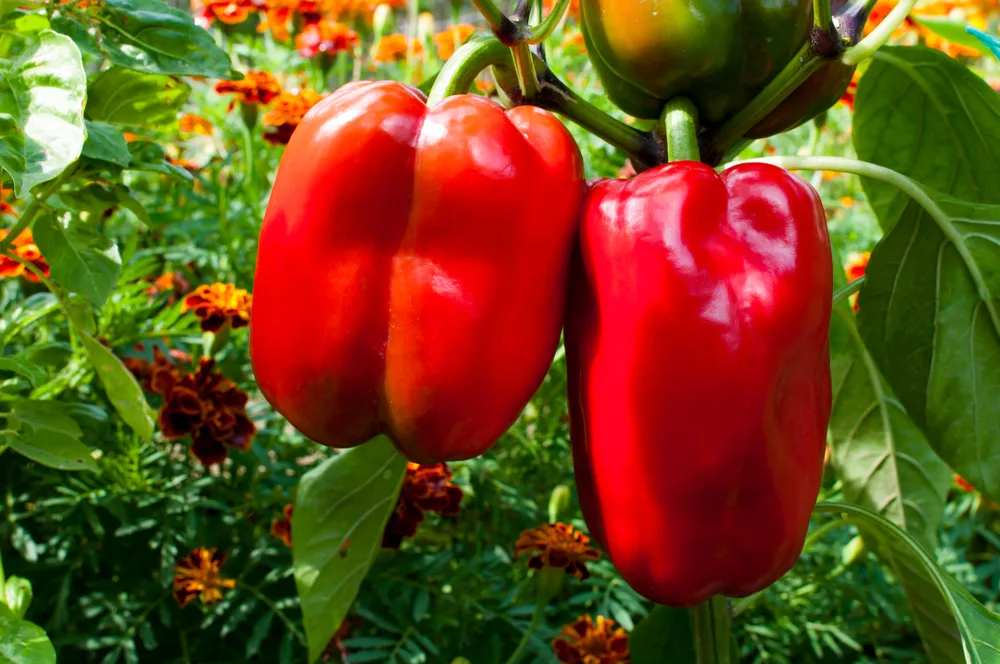
Companion planting is an inexact science. There are plenty of unknowns in this arena. Surprisingly, we still have a patchy knowledge of the interactions between different plants.
But what experienced organic gardeners do know is that there are certain combinations of plants that seem, at least anecdotally, to work better together than others. And there are certain plants that do not thrive when grown close to one another.
In this article, we will explore a range of companion plants for peppers – whether they be hot peppers or sweet peppers – so you have a clearer idea of what might work well in your garden.
We’ll also explore what to avoid planting close to your pepper plants. Finally, we’ll take a look at some polyculture schemes including peppers, to give you inspiration for your own diverse planting schemes.
About Companion Planting
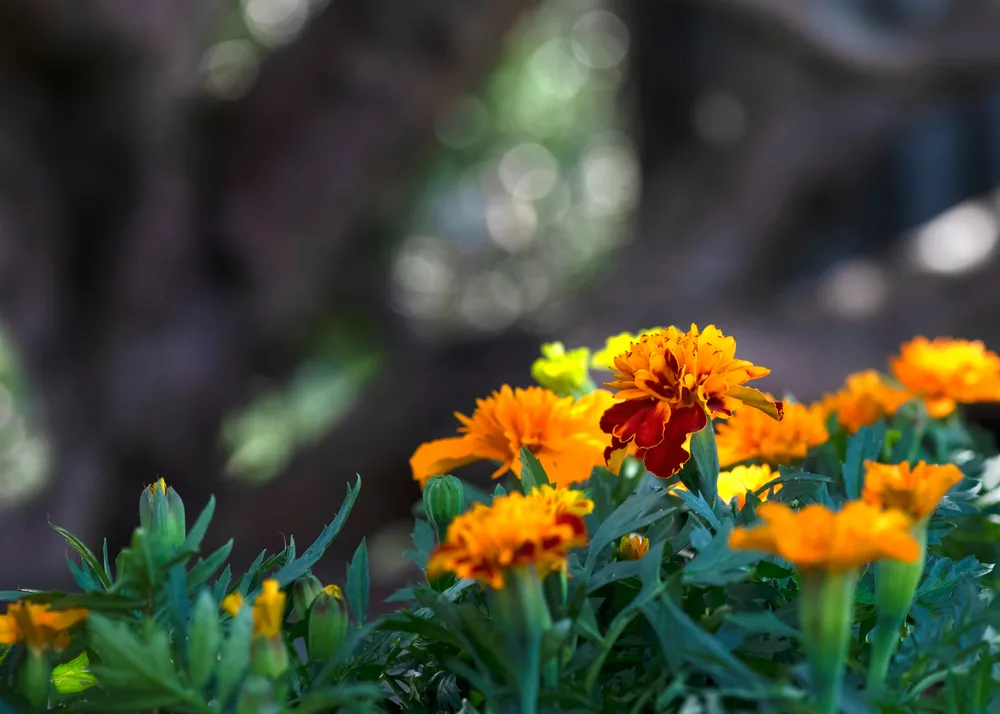
When planning an organic garden, companion planting is a great idea. Experimentation can help you come up with diverse polyculture planting schemes and plant combinations that work well where you live. Understanding the characteristics and requirements of different plants will help you to work out which ones are the best combinations to grow together.
In general, you will choose companion plants for a range of reasons. You might choose companion plants because they:
- Enjoy the same (or similar environmental conditions) to the plants you are growing them with. And therefore allow you to make the most of time and space in a growing area.
- Enhance the environmental conditions for their neighbours. (They might create shade, increase humidity, or create ground cover, for example).
- Gather nutrients and enrich the soil. (As with nitrogen fixing plants, for example.)
- Repel, confuse or distract pests.
- Attract pollinators or other beneficial wildlife.
Without further ado then, let’s take a look at what you should consider growing alongside peppers in your garden:
Fruits and Vegetables to Grow Alongside Peppers
First of all, let’s take a look at the other fruits and vegetables that you could consider growing alongside peppers in your garden:
1. Tomatoes
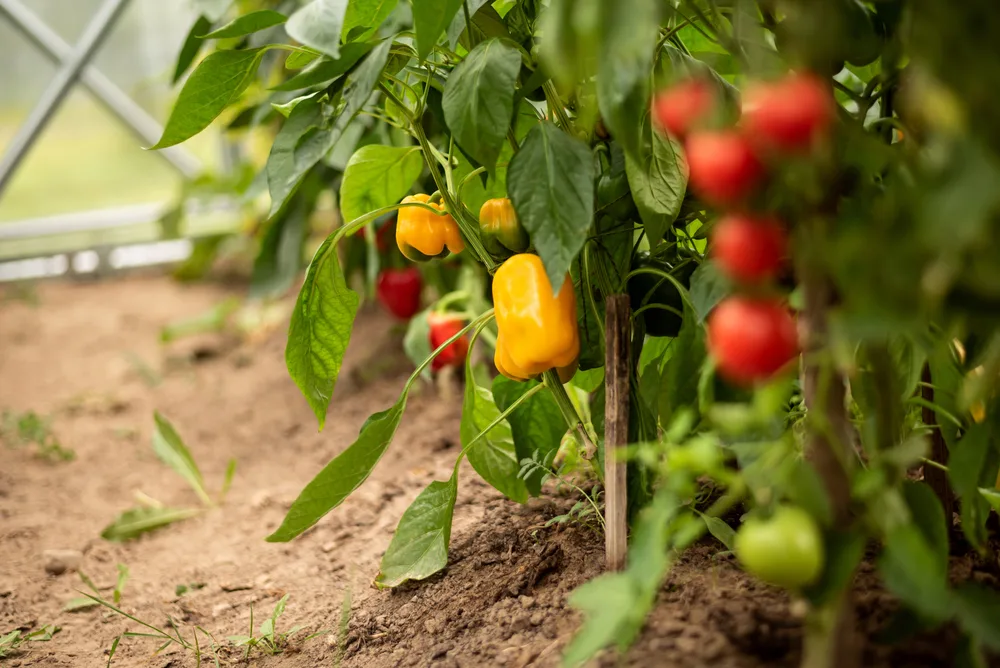
Peppers are Solanaceae – also known as nightshades. This means they are in the same plant family as tomatoes, and eggplant. Since they are in the same plant family, they share a number of common pests and diseases. This means that it is often recommended that you do not grow them together.
However, the benefits of grouping these familial plants can sometimes outweigh the potential negatives of doing so.
It is usually more problematic if you grow members of the nightshade family after one another in the same bed than it is to grow them together. Growing them as companion crops means that it will be easier to implement a crop rotation scheme, so you do not grow them in the same bed without a break of a few years.
Another thing to consider is that tomato plants can aid peppers by sheltering and shading them somewhat. Their foliage can help to keep humidity levels high, which can allow peppers to thrive.
Tomatoes and peppers also benefit from many of the same other companion plants. So if you are planning companion planting for tomatoes, peppers can fit well into the mix.
2. Eggplant
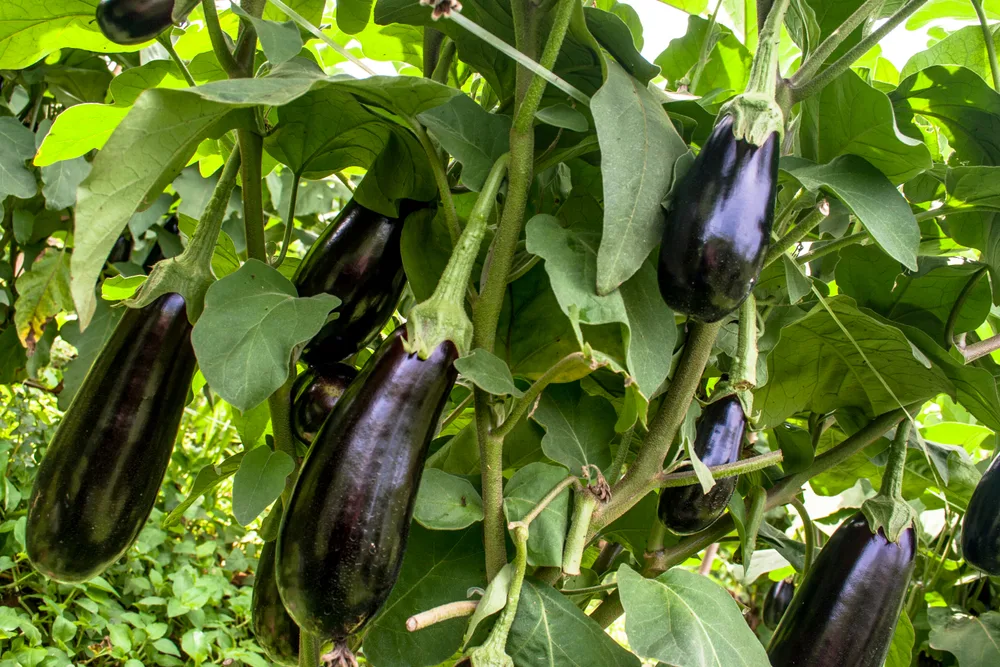
Eggplant, another member of the same plant family, also likes similar conditions to peppers and can work relatively well when grown alongside them.
Again, as with tomatoes, peppers and eggplants can share certain pests and diseases. But growing them together makes it easier to implement a crop rotation scheme – especially in a relatively small garden.
3. Okra
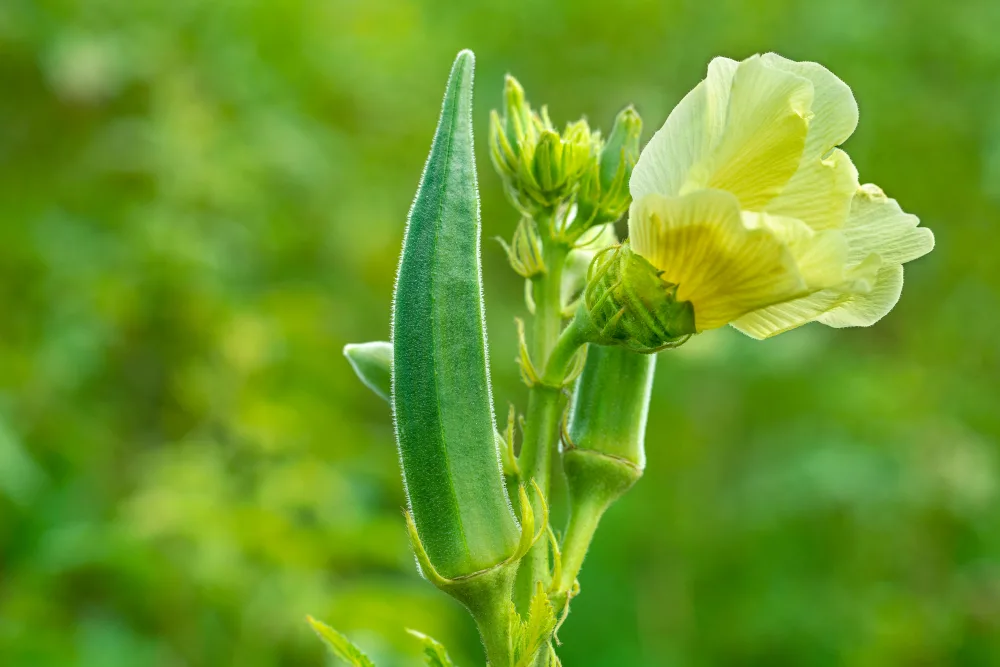
This is another warm-season plant that will benefit from similar conditions to peppers, and can therefore work well in the same bed.
Okra and peppers both like plenty of water to grow well. And like tomatoes and other companion plants, okra can offer shade, shelter and increased humidity for pepper plants between and below them.
4. Corn
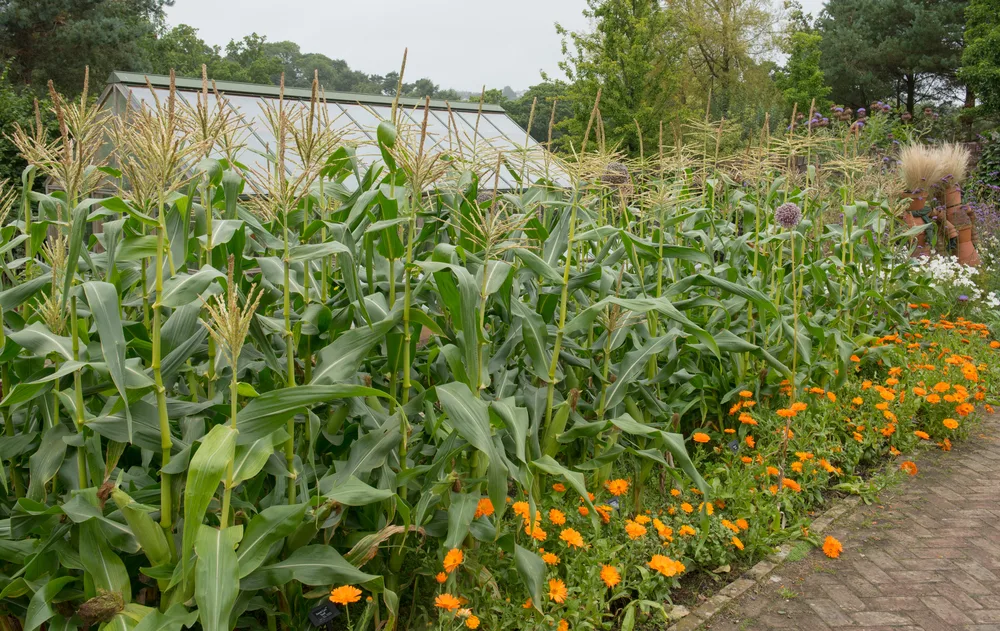
Corn also works as a companion plant for peppers because of the environmental benefits it can confer.
Again, as a tall plant, it can shade and shelter peppers and help in retaining moisture during the hottest part of each day, and of the year.
In windy spots, filtering strong winds and acting as a wind break can help stop peppers and the soil they grow in from drying out. Some also say that corn may act as a trap crop for aphids, thus reducing aphid problems on your pepper crop.
5. Beans
Beans, as nitrogen fixing plants, can help give pepper plants and other crops the essential nutrients they need to grow. Climbing beans can be planted to climb corn, aiding in conferring the other environmental benefits mentioned above.
Bush beans of various types could also help in casting shade, blocking wind, or helping to crowd out weeds with denser planting that brings benefits without depleting soil nutrients too much.
6. Squash
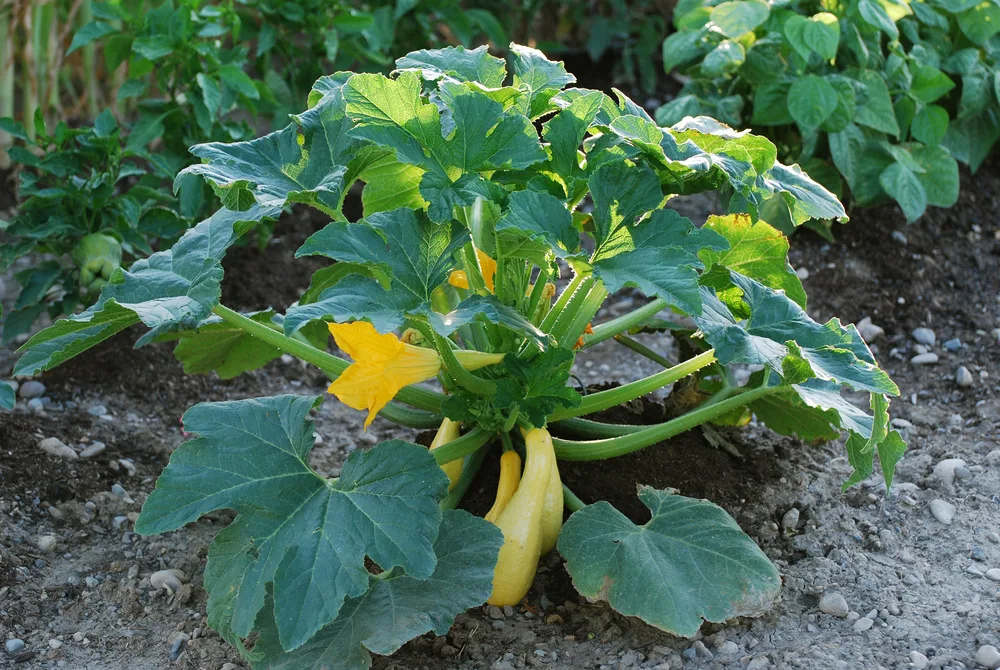
Since we’ve already mentioned corn and beans, you might not be too surprised to see the third of the ‘three sisters’ on this list.
The traditional three sisters planting scheme of corn, beans and squash is often a great starting point for polycultures. But you don’t necessarily just have to stick to these three plants when creating your polycultures.
Potentially, you could also add peppers and other plants to the mix, for even more diverse planting schemes in which each of the plants can confer benefits. The large leaves of the squash help keep soil shaded, reducing moisture loss. And can also help in keeping weed growth to a minimum.
7. Cucumbers
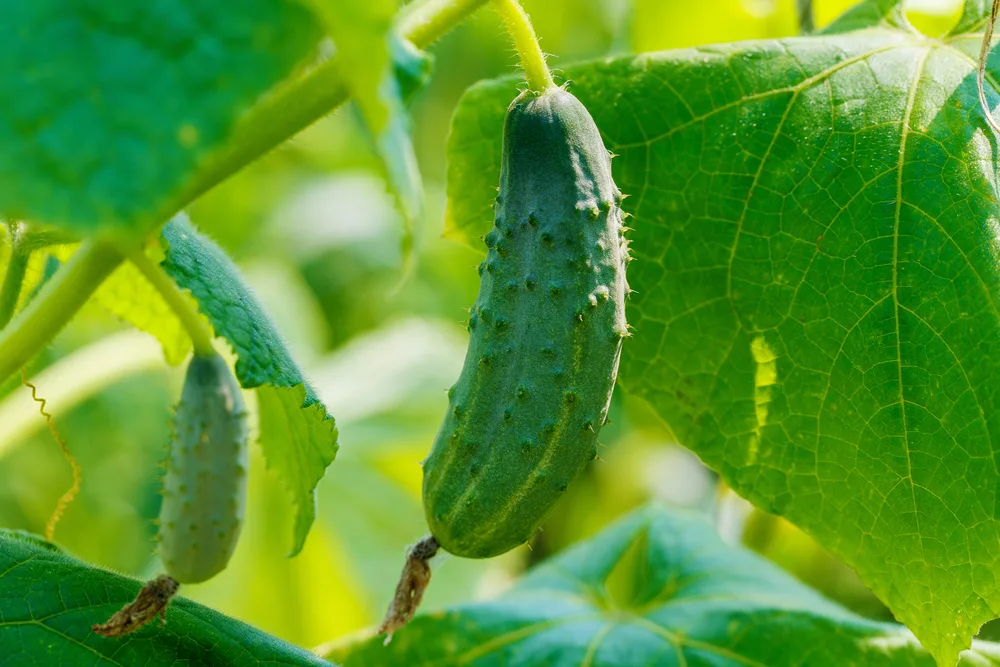
Cucumbers are another sprawling plant that can help shade the soil and retain moisture for peppers in a larger garden bed. In smaller growing areas, cucumbers can also be grown up a trellis or another support, which can also provide peppers with partial shade and shelter, and improve water retention.
8. Peas
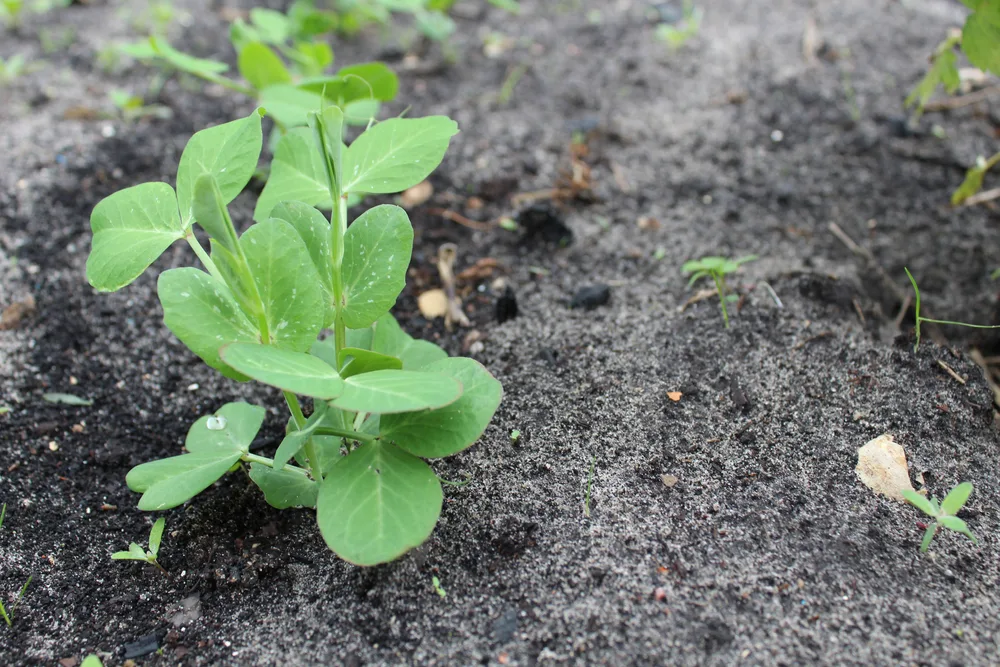
Peas can usefully be grown early in the year in a growing area where peppers are later to be grown. They can go in the ground much earlier and will fix nitrogen before peppers are planted out. Peas can then be cut off at the base, leaving roots in place, to give peppers and other plants room to grow.
Alternatively, they can be sown successionally between peppers over summer where the climate allows. Peas grown on a trellis or support could also provide environmental benefits for peppers grown close by.
9. Lettuce
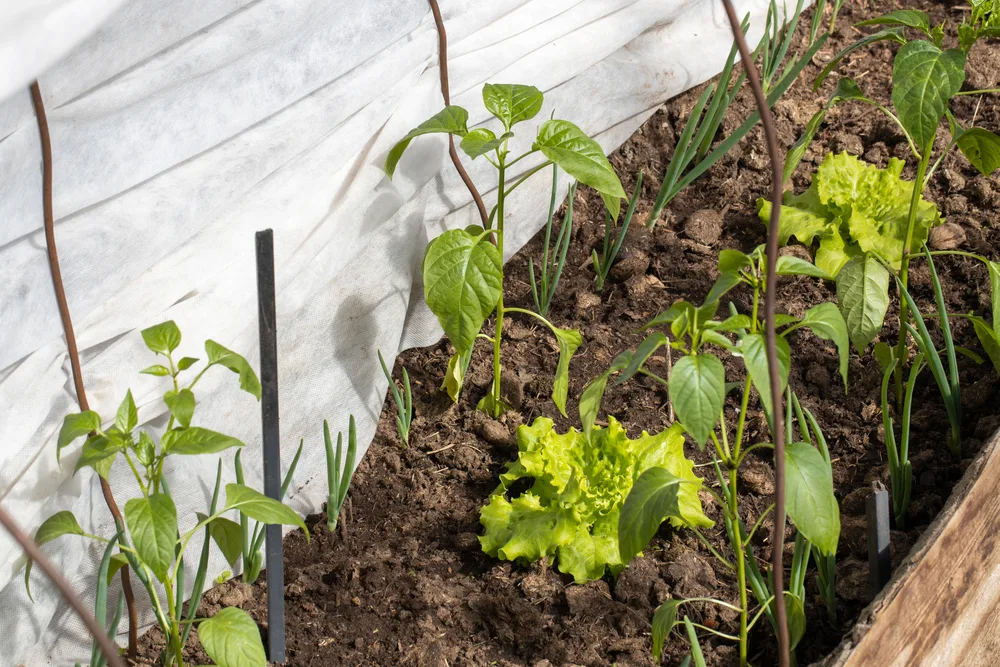
This is another quick growing crop that can help you make the most of the space in your garden. Lettuce can be sown and harvested in spring before you plant out your warm season crops. It can also be sown between and beneath pepper plants.
Due to its lower growth habit, it won’t get in the peppers way. It will also serve as a sort of living mulch, helping to retain soil moisture and therefore aiding the pepper crop.
10. Chard/ Spinach
Similarly, you can also squeeze in chard or spinach between your pepper plants, for higher yields in smaller spaces. Again, these lower growing plants will not get in the way too much. But will help increase humidity and improve soil moisture retention for your pepper plants.
11. Onions, Garlic and Other Alliums
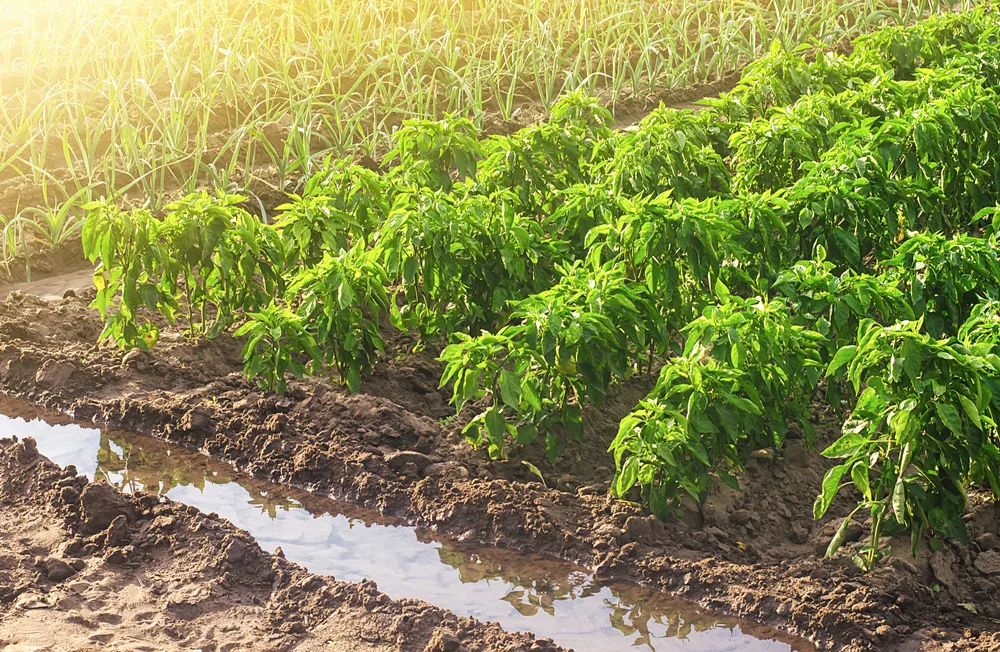
Onions, garlic and other members of the same plant family are great companions for a range of different crops – peppers included. They have a pungent scent that is said to help in repelling, confusing or distracting a wide range of insect pests, such as aphids, cabbage worms etc…
12. Radishes
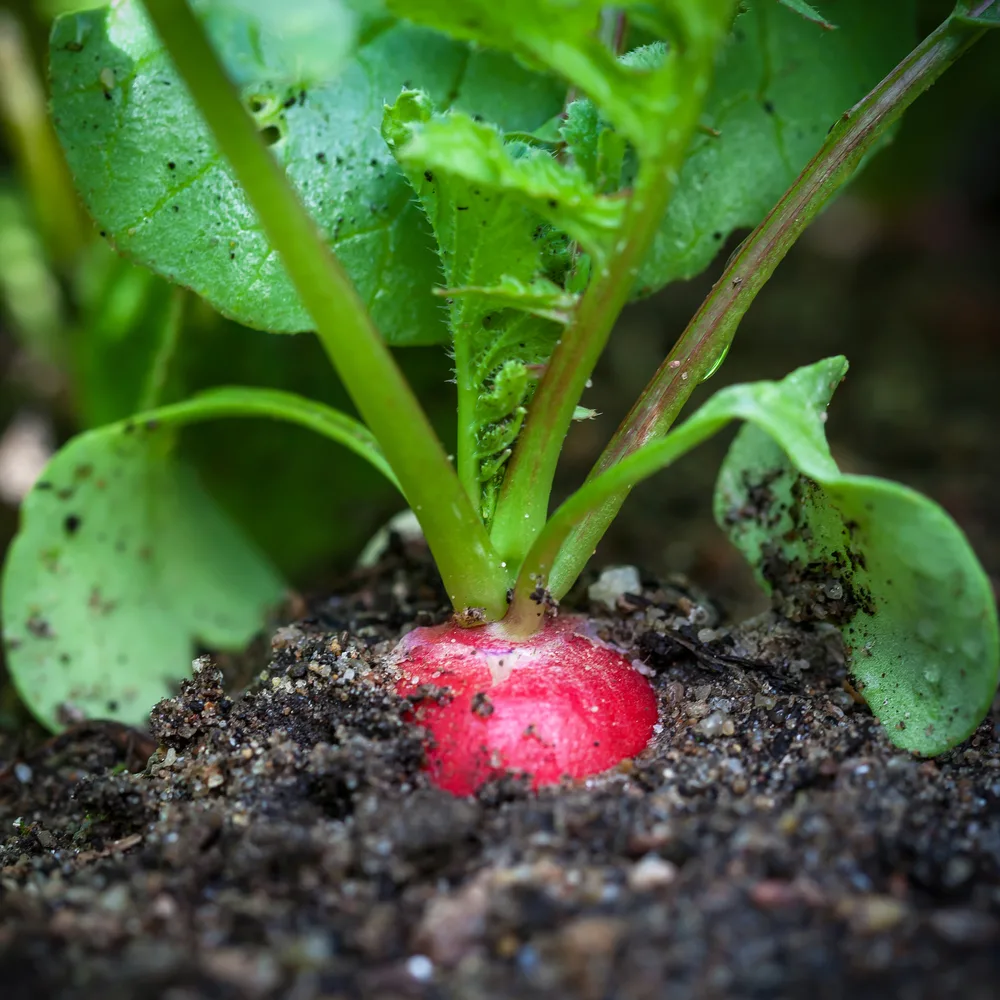
Like lettuce, radishes are a quick crop that you can grow before peppers get planted out and really get going. And can also be used to squeeze in an additional crop in gaps in a planting scheme (in time and space).
Peppers won’t suffer from having some radishes grown between them, and may even benefit from the additional soil coverage they bring.
13. Carrots
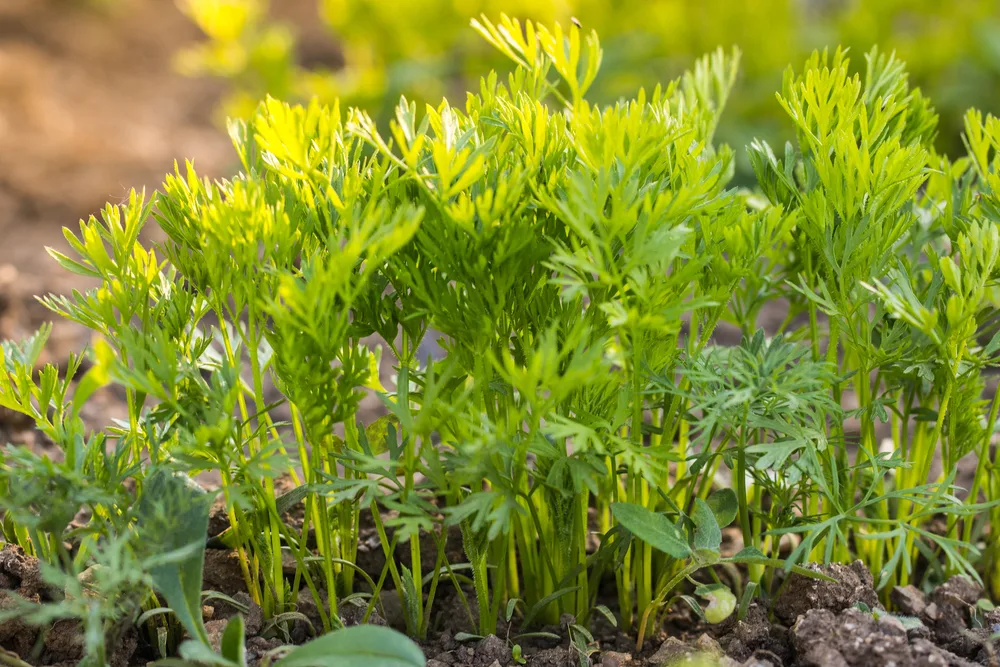
Carrots are another crop that you can fit in between and around pepper plants. They can help to create cover for bare soil, to retain moisture and suppress weeds. And won’t compete over much with peppers planted nearby.
14. Beets, Parsnips and Other Root Crops
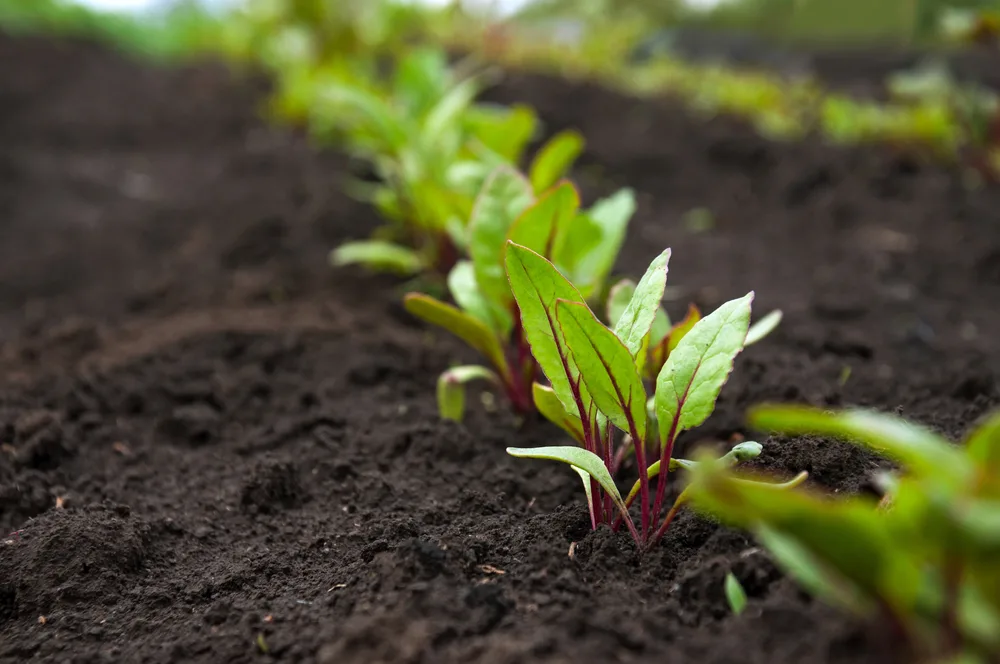
You can also consider squeezing in some beets, parsnips or other root crops around your peppers. They can confer similar benefits, and allow you to really make the most of all the space you have available.
15. Asparagus
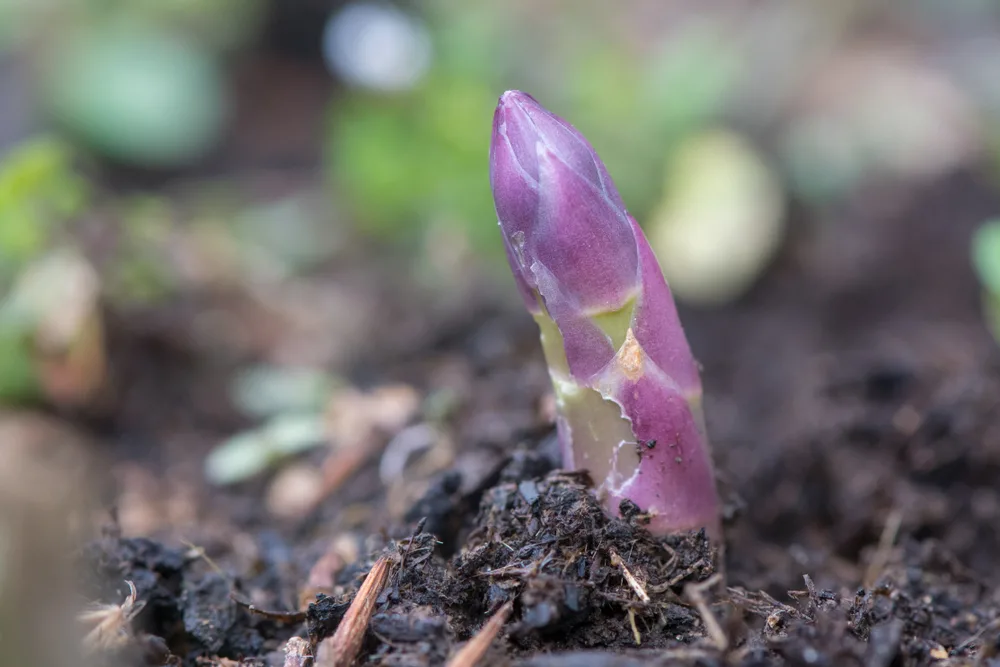
Asparagus, of course, is a perennial plant. But it is one that can potentially find a space in your annual polyculture beds.
Asparagus will take a while to get going, and even once it does, there will be little going on in the growing area after the spring harvest. Tomatoes are commonly grown in an asparagus bed to make full use of it over the summer but you can do the same thing with peppers too.
(Remember, when choosing other crops to grow, that while all the above may work well with peppers, they may not work well with one another. So bear this in mind when making your choices and creating your polycultures.)
Herbs That Make Good Companion Plants for Peppers
Next, let’s take a look at some of the many herbs that make good companion plants for peppers:
16. Basil
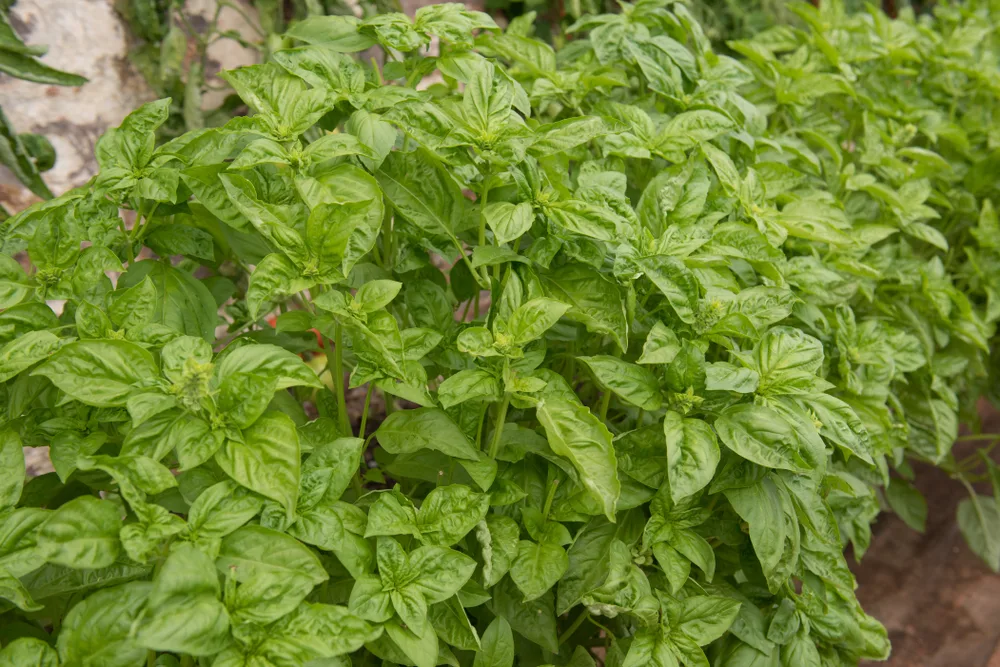
Basil is a classic companion plant for tomatoes. And it works extremely well with peppers too. Basil is said to help in repelling or confusing pests drawn to members of the nightshade plant family. Many gardeners swear that this aromatic herb can also improve the flavour of peppers, as well as tomatoes, when grown nearby.
17. Oregano
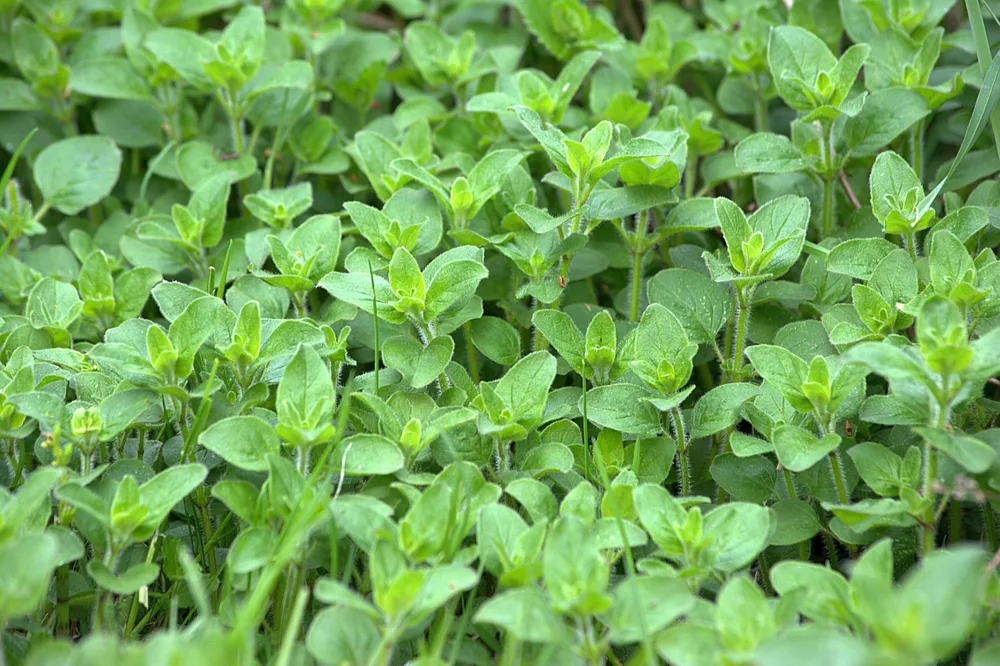
Oregano is another culinary herb that works well around peppers. Like basil, it can offer some good ground cover, to protect the soil, reduce moisture loss and help prevent weeds.
18. Marjoram
Mediterranean herbs like warm temperatures and peppers share that characteristic. Marjoram is one such herb. It can also be beneficial for attracting beneficial bugs. Plant this and other similar herbs around the drier, sunnier edges of a pepper growing area.
19. Rosemary
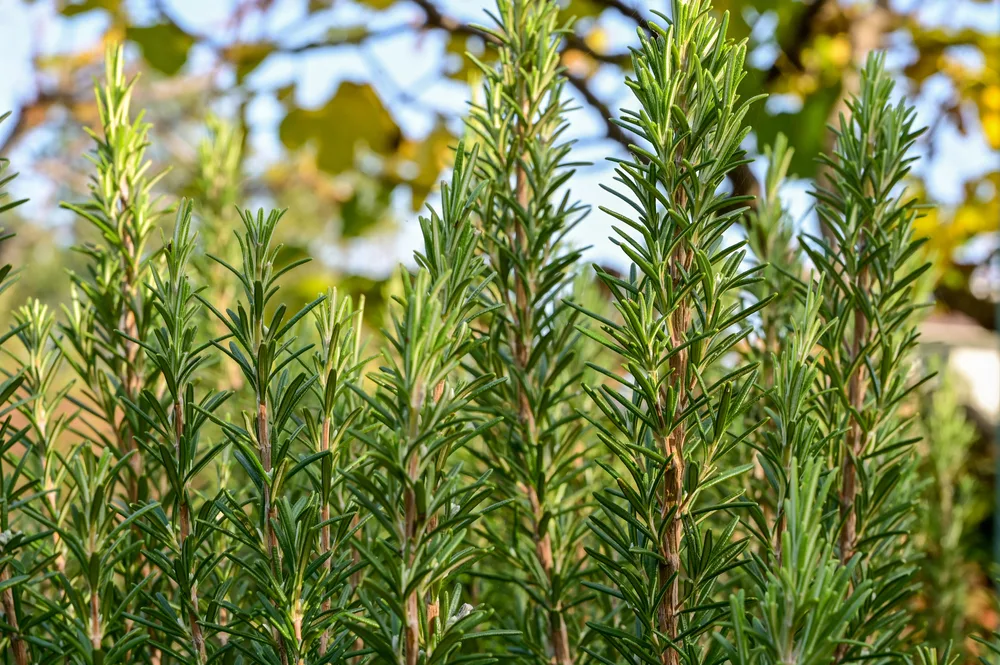
This is another warmer-climate, drought tolerant herb that will work well around the edges of a growing area used for peppers and other warm-season annual crops. A larger rosemary bush could also aid in shielding peppers from stronger winds, and in providing some partial shade.
20. Thyme
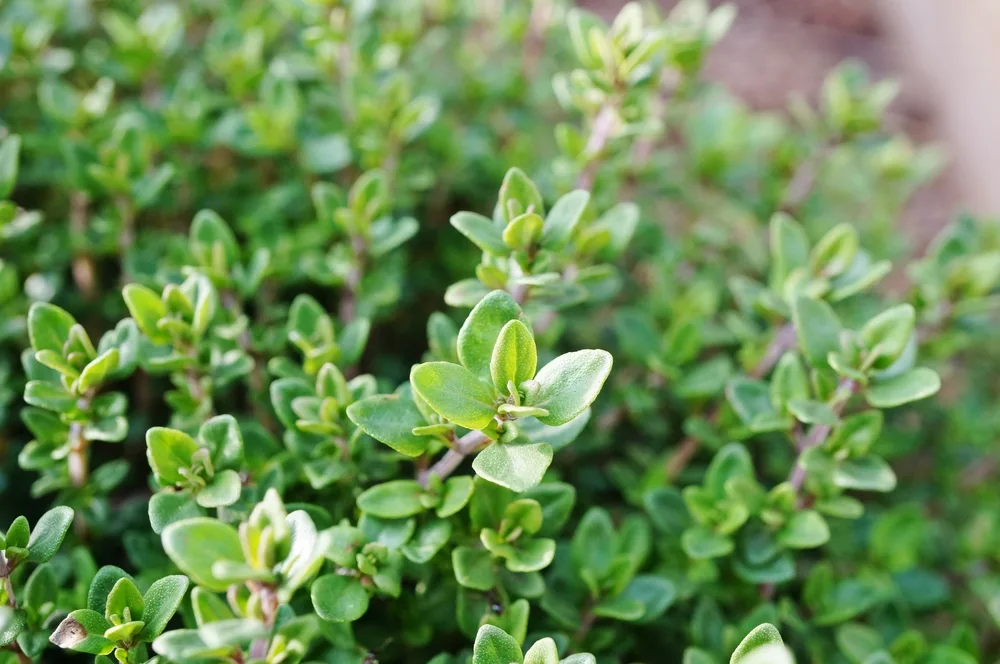
Another Mediterranean herb, thyme is well known as a great companion crop. It is particularly prized for its ability to attract a wide range of pollinators and other beneficial wildlife. Thyme also works well around the edges of a pepper growing area, and can spread to create good ground cover.
21. Dill
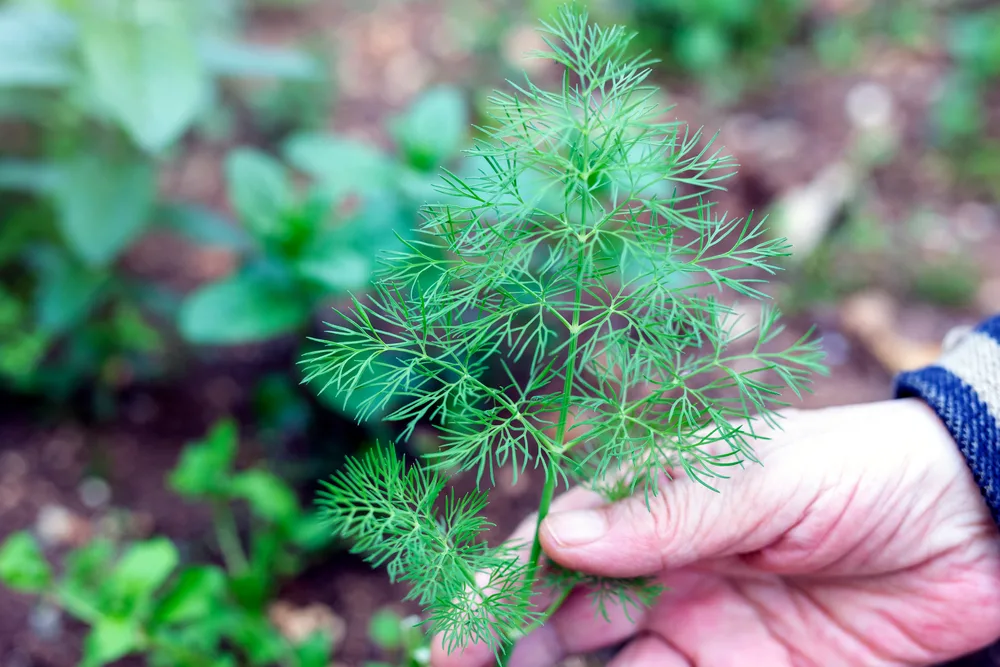
Dill serves a double function when planted close to pepper plants. It will attract beneficial insects and may help in repelling those you do not want. It may also (anecdotally) improve the flavours of peppers grown close by.
22. Cilantro
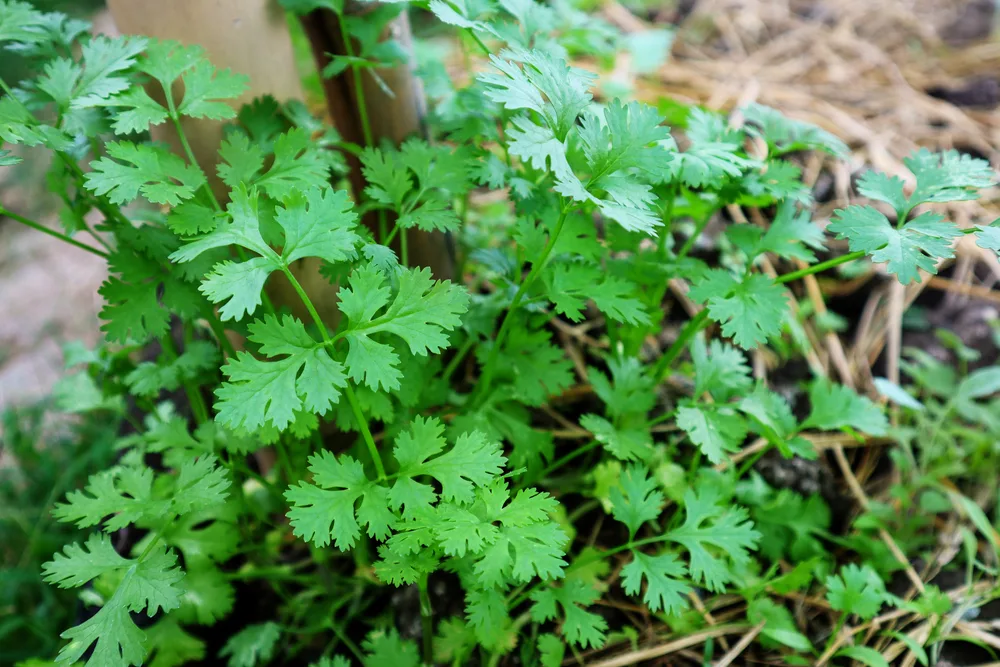
Cilantro is another plant that you could consider growing close to your peppers. It won’t take up a lot of space, may help in wildlife attraction and pest control. And, of course, it will be convenient to grow the two plants close together because they can work well together as culinary ingredients too.
23. Parsley
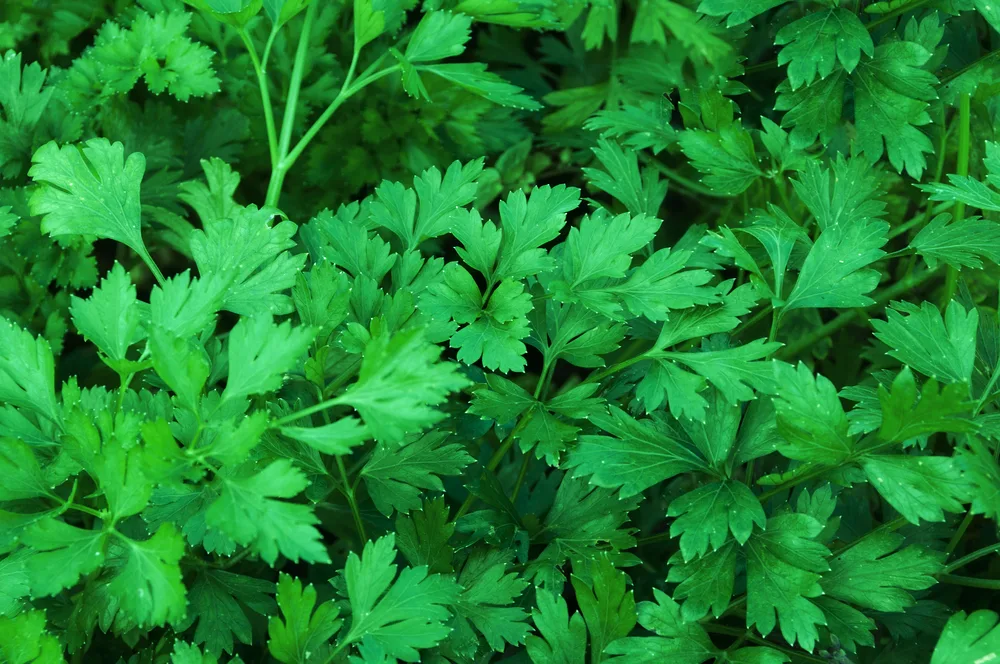
Like so many of the other leafy vegetables and herbs on this list, parsley grown among pepper plants will allow you to get an additional yield from the space. It will also provide good ground cover to aid moisture retention and keep weeds down around your pepper plants.
24. Lovage
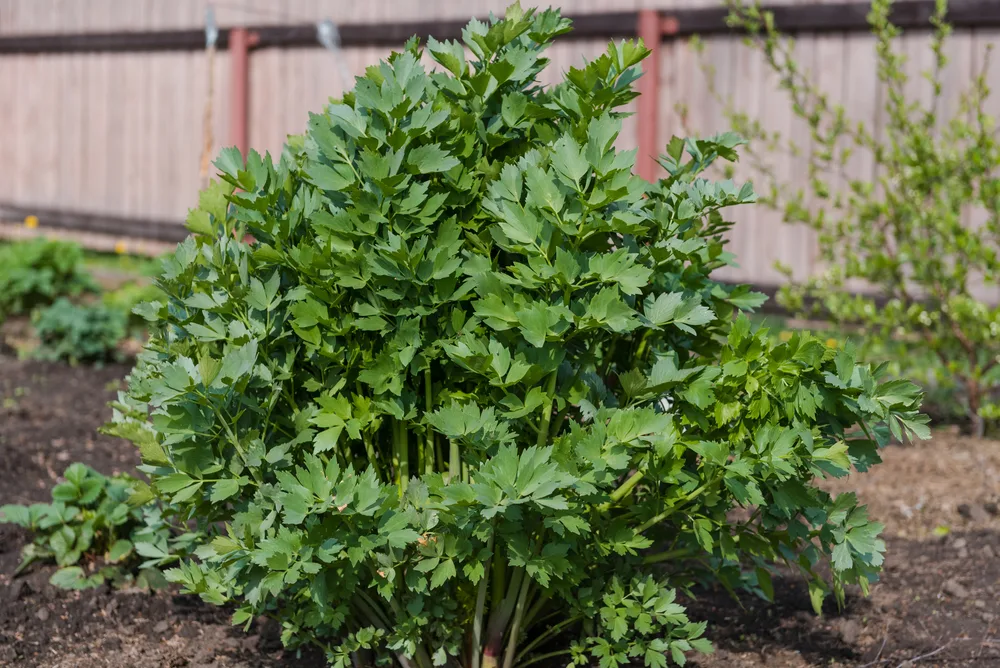
Lovage is a less-well known traditional herb that can work well as a companion plant for many common crops. It will bring plenty of pollinators and other beneficial insects close to your pepper plants, to help ensure good fruit set and fewer pest problems.
25. Hyssop
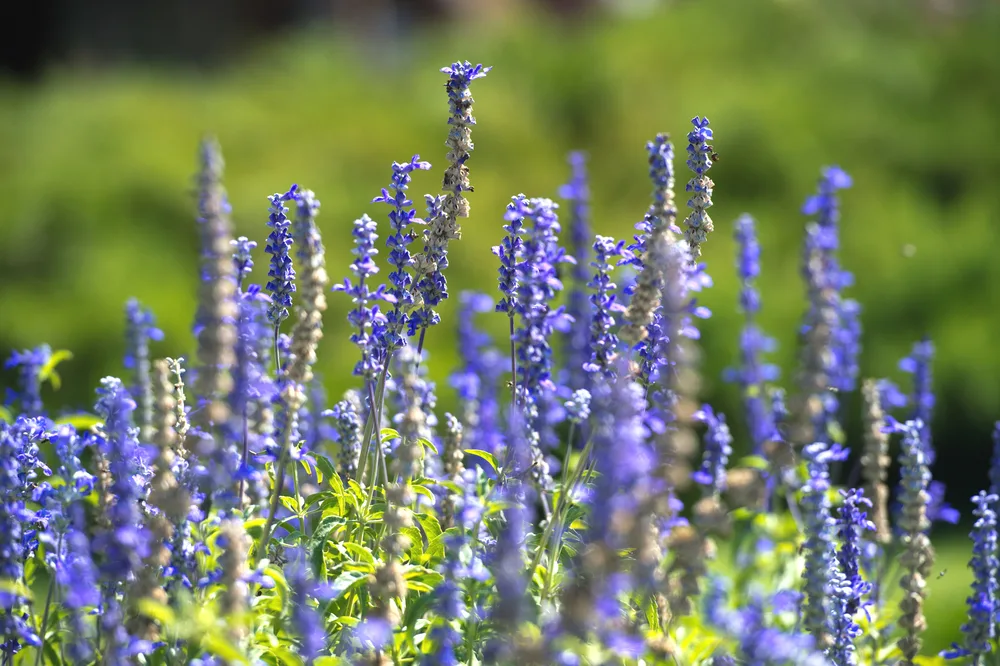
Hyssop is another herb that you might not be as familiar with. But this too is said to be a great companion crop for peppers. It improves insect biodiversity and is good for bringing in, for example, the insects that predate aphids and other sap-suckers.
26. Bee-Balm
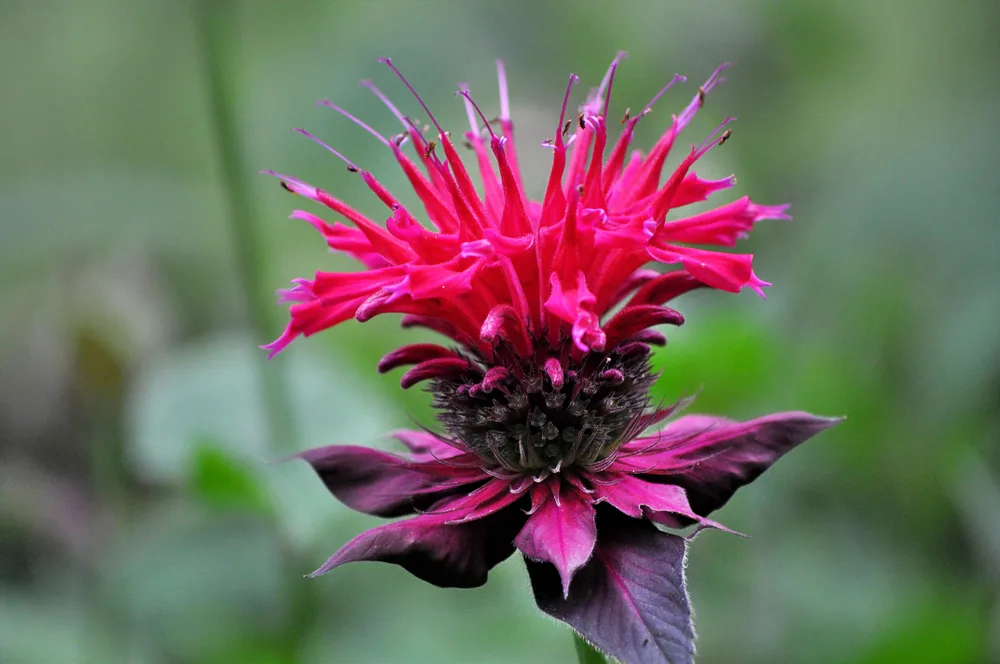
Bee-balm, as the name suggests, will bring these pollinators into your garden. As an aromatic herb, it might also improve the flavour of peppers grown close by. Fruiting annuals like peppers (and tomatoes) will do best when there are plenty of insects around to pollinate the crop.
27. Anise
Anise is another great plant for attracting beneficial insects. Another reason to plant it is because it is said to increase the essential oil production of other herbs grown nearby. So it might make other companion plants even more effective.
Flowers That Make Good Companion Plants for Peppers
Now, let’s take a look at some flowers that could be good additions to your pepper growing areas:
28. Borage
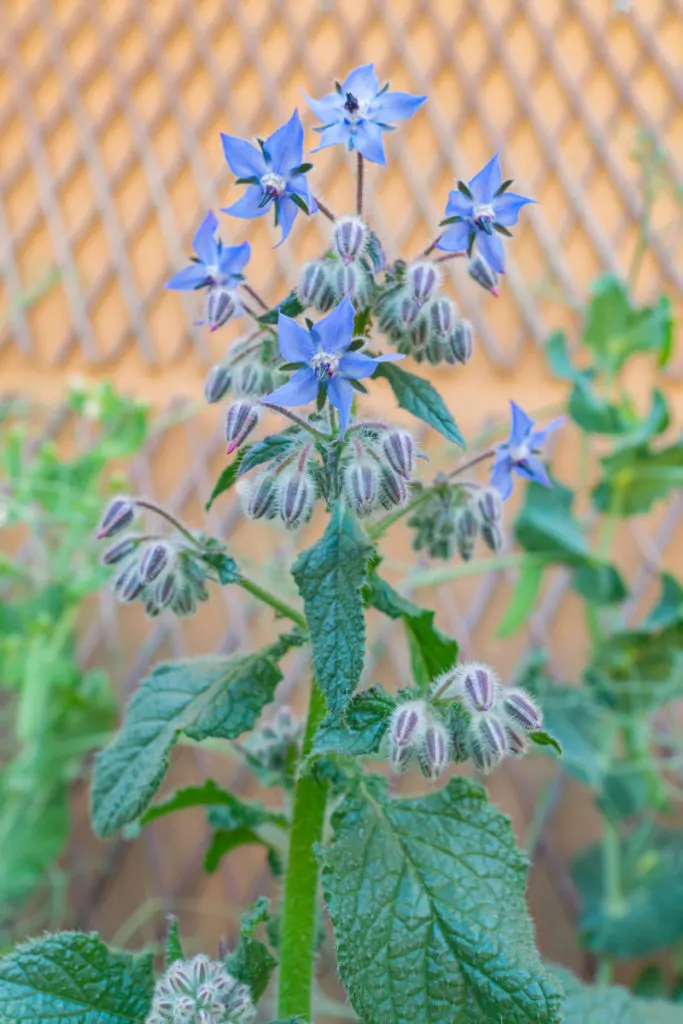
Borage is an amazing companion plant for many common crops. This annual will self-seed readily and will often come back year after year. Borage can deter certain pests of pepper plants. It is also a nectar factory – producing plenty of nectar for bees and other pollinators, which are very attracted to it for this reason.
29. Marigolds
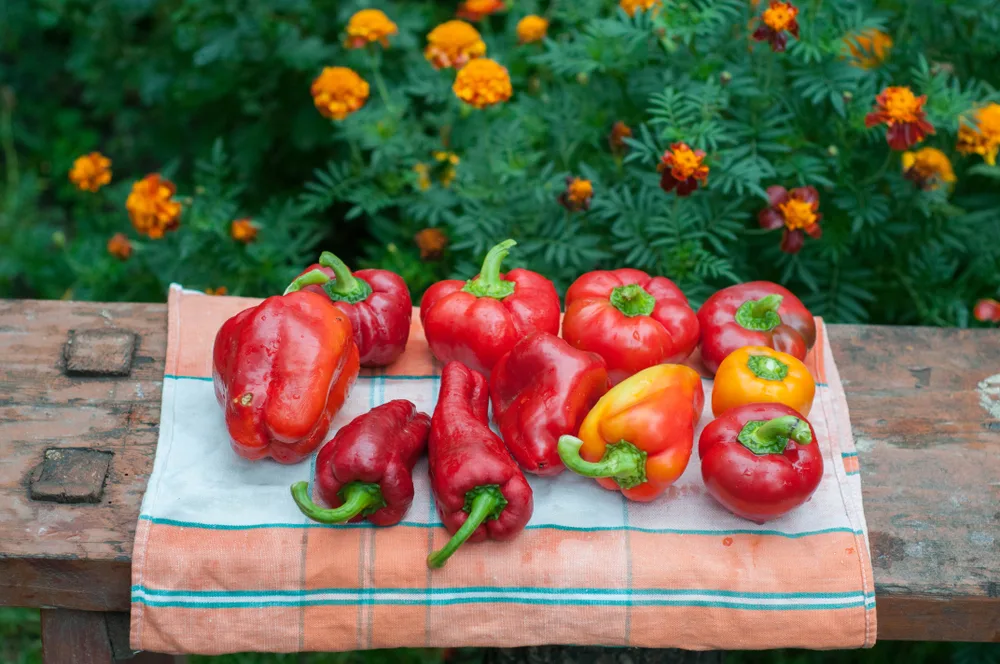
Marigolds are another of the best flowers for any vegetable garden. The reasons why they make great companions for peppers can be found in my article on the reasons to grow marigolds in your garden.
30. Nasturtiums
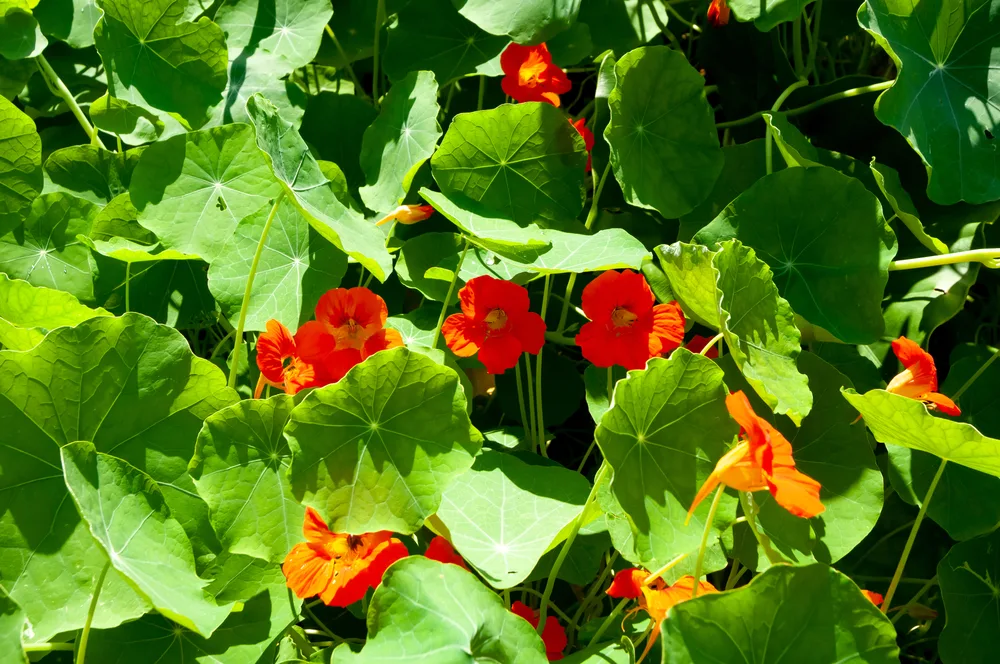
Nasturtiums are another great flower for a fruit and vegetable garden. They are great companion plants for peppers for the same reasons that they are great companions for so many other edible crops in your garden. Remember, they are great edible plants in their own right too.
31. Calendula
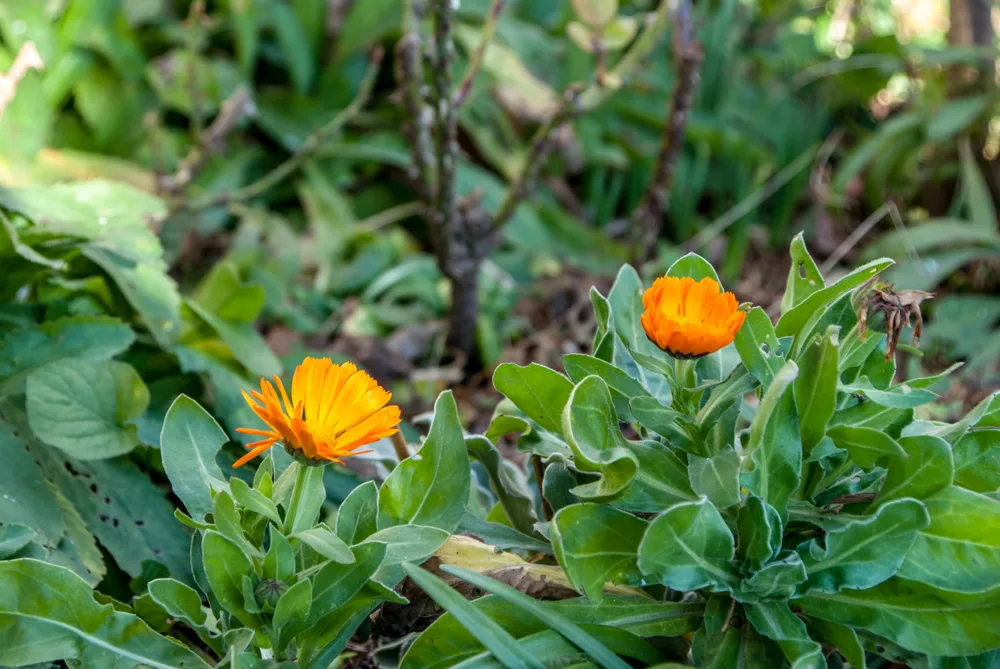
Calendula not only looks lovely, it also helps peppers, and the other fruits and vegetables you grow by attracting pollinators. And by attracting predatory insects like ladybugs, lacewings and hoverflies that help keep pest numbers down.
32. Petunias
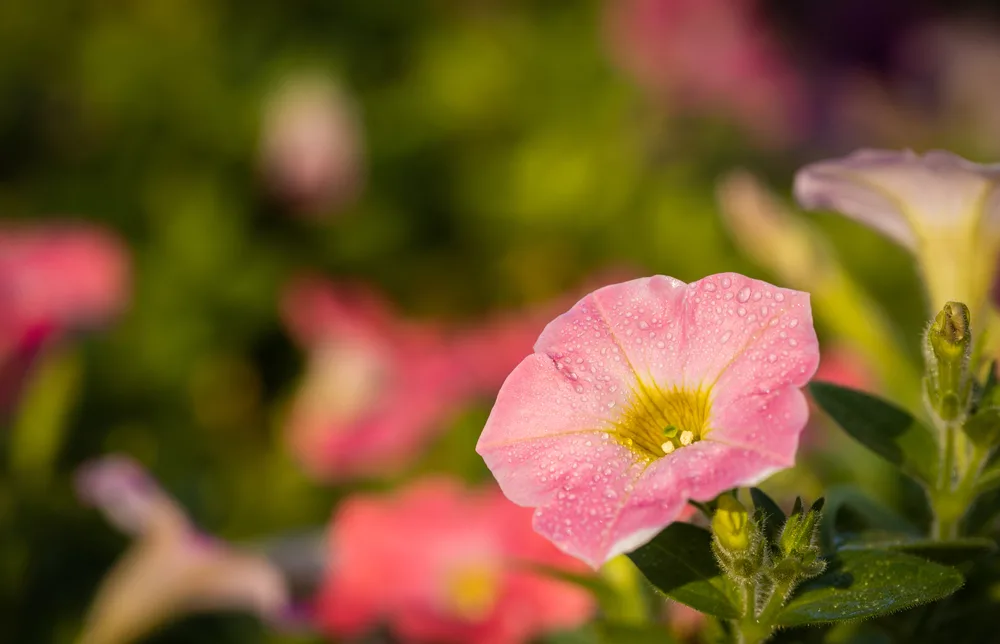
Petunias are another ornamental flower that can also work well as a companion plant for peppers. Not only will their vibrant blooms look good and attract pollinators, they are also said to help to repel aphids, tomato worms, leafhoppers and other pests.
33. Geraniums
Geraniums also work well alongside peppers in a fruit and vegetable plot. Again, they have beautiful blooms beloved of people and beneficial insects. They are also said to help repel cabbage worms, beetles and a range of other pests.
34. Dandelions
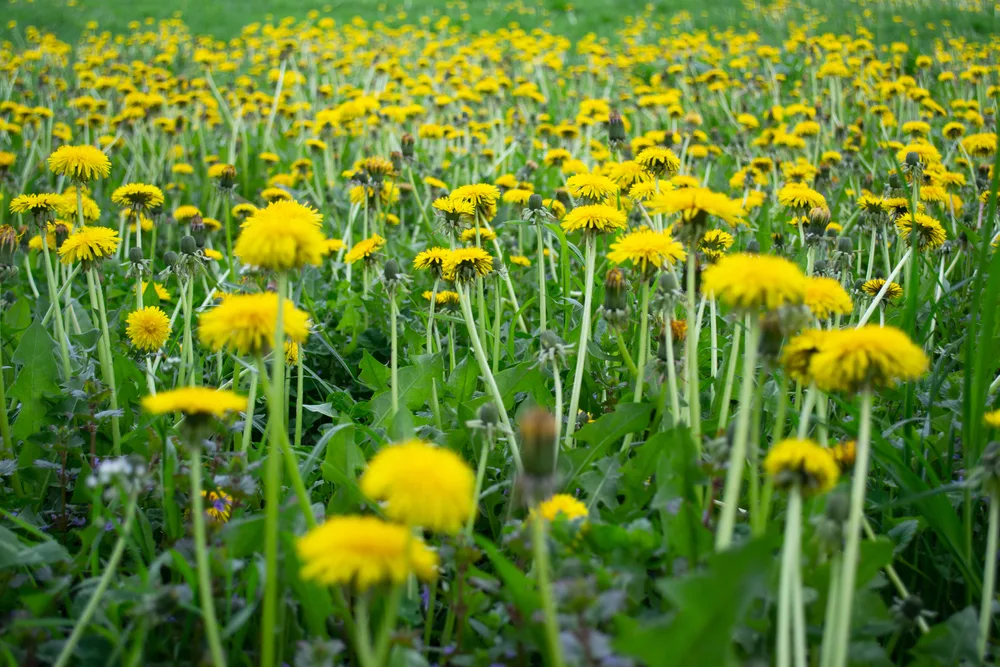
You might view dandelions as a common weed but they are actually a very useful flowering plant. They can provide edible yields in their own right but are helpful for peppers as dynamic accumulators that can be chopped and dropped to add nutrients. They also release ethylene gas that can help peppers and other annual fruits like tomatoes to ripen.
(Note, a number of other ‘weeds’ could also be beneficial when grown alongside peppers in your annual polyculture garden.)
35. Buckwheat
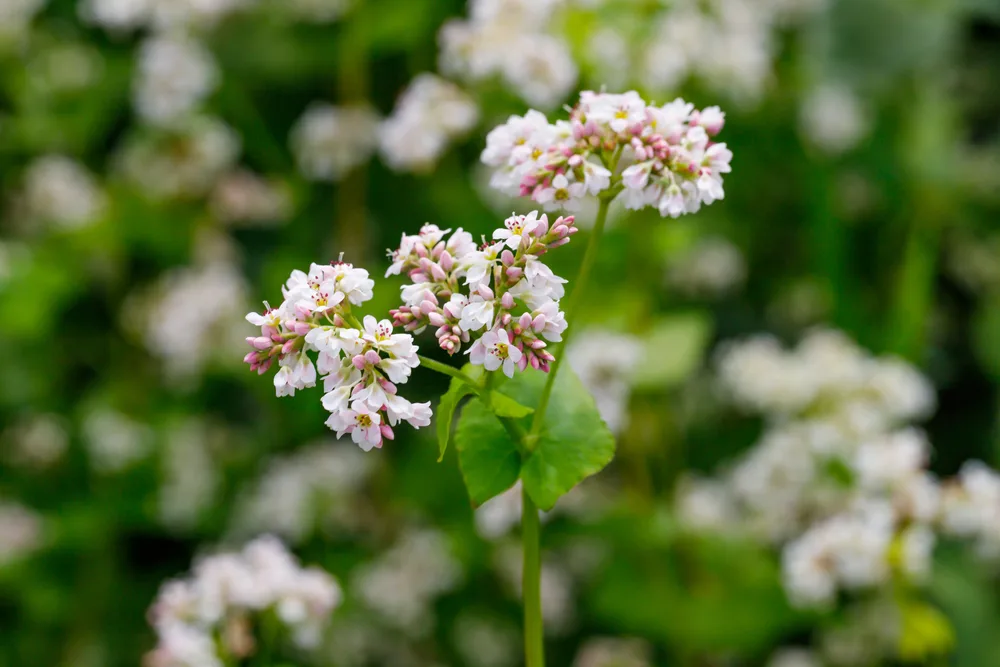
Grow buckwheat around your pepper plants and as it flowers it will attract pollinators and predatory insects. Buckwheat is also said to be a good trap crop for stinkbugs. Chopping and dropping the buckwheat and laying it around the plants in the growing area will then help add retain fertility and improve soil structure.
4 Plants To Grow Nowhere Near Peppers
The above can all work well when planted near peppers. But there are also plenty of other plants to consider and this is by no means an exhaustive list.
There is no harm in experimenting a little if there is an untried combination you would like to try. There are plenty of other weeds, herbs and ornamental plants that could be grown alongside peppers for neutral, or even positive, results.
However, there are certain crops you should definitely avoid growing near pepper plants, and here are some of the main ones to avoid:
1. Potatoes
Though potatoes are another member of the same plant family as peppers and tomatoes, they should definitely not be grown close by. This can cause a number of pest and disease problems. Also, you can disrupt your peppers when you harvest your potato crop.
2. Brassicas
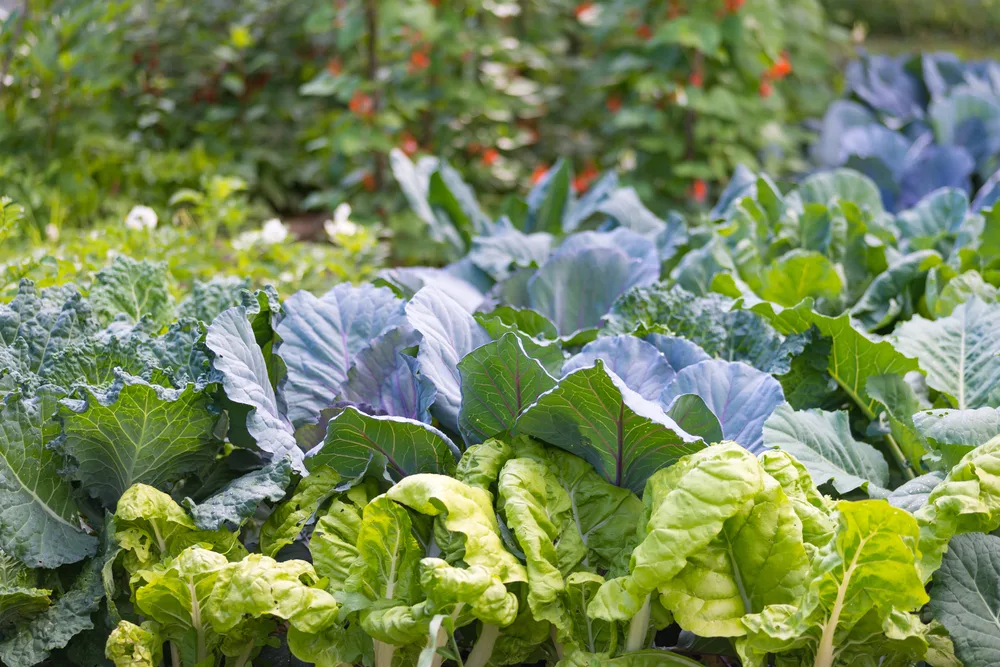
Peppers and brassicas (members of the cabbage family) do not make good neighbors. So avoid planting peppers alongside cabbages, broccoli, cauliflower, kale, kohlrabi etc…
For one thing – they will do best in different conditions. Peppers will do best in soils which are slightly acidic, while brassicas tend to do best in neutral or slightly alkaline soil. The two crop types may each have a negative effect on the growth of the other, and they may be too much in competition with one another for nutrients and water.
3. Fennel
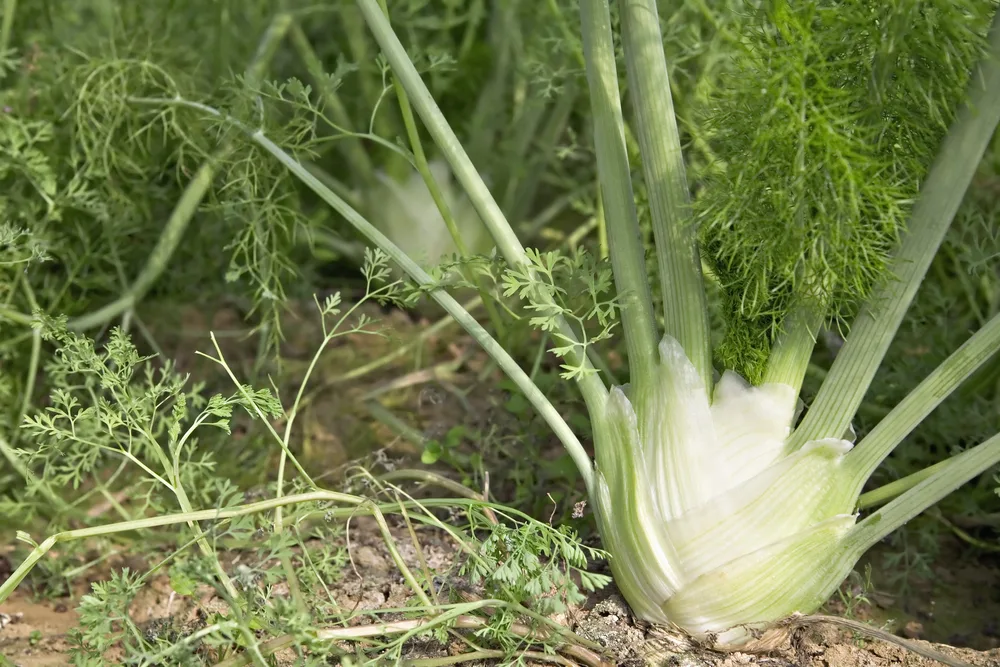
Fennel can have a detrimental effect on many different fruits and vegetables, and so is always best kept out of an annual kitchen garden. It can be a useful herb to grow – but you do have to be careful where you place it and it should not be grown close to pepper plants.
4. Apricot Trees
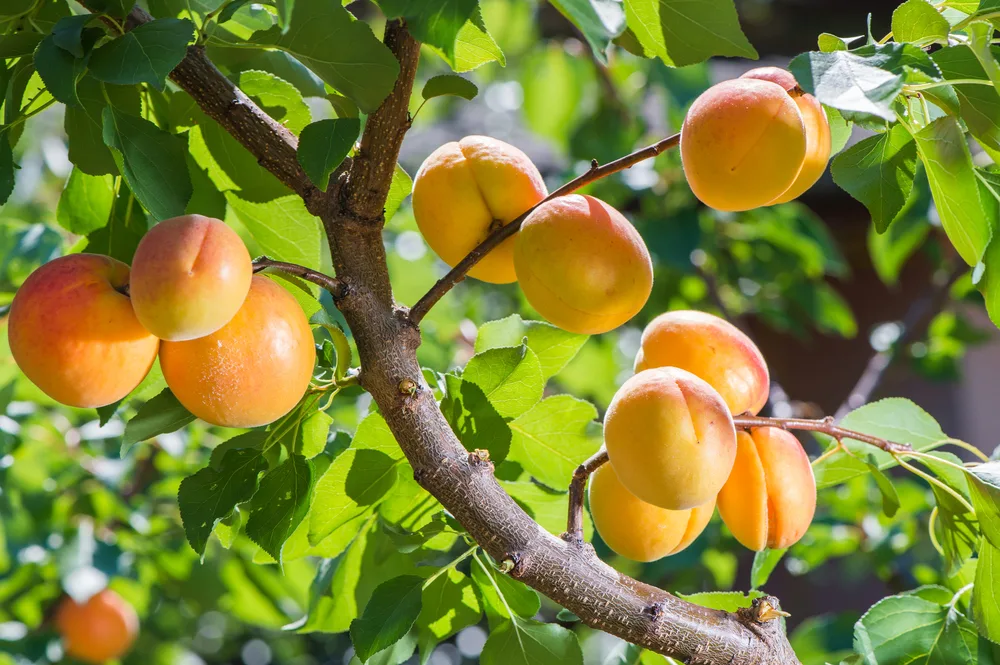
One other final thing to consider is that it is not a good idea to plant peppers close to an apricot tree. A common fungal disease of peppers can spread to this and other similar fruit trees and cause a range of problems.
Companion planting, as mentioned above, it little understood, and often not an exact science. But choosing (or avoiding) the plants mentioned above to grow alongside peppers can help you create a healthy, productive and biodiverse garden.
So whether you are growing hot peppers, or sweet peppers, don’t grow them alone. Make the most of beneficial plant combinations.

Get the famous Rural Sprout newsletter delivered to your inbox.
Including Sunday musings from our editor, Tracey, as well as “What’s Up Wednesday” our roundup of what’s in season and new article updates and alerts.

